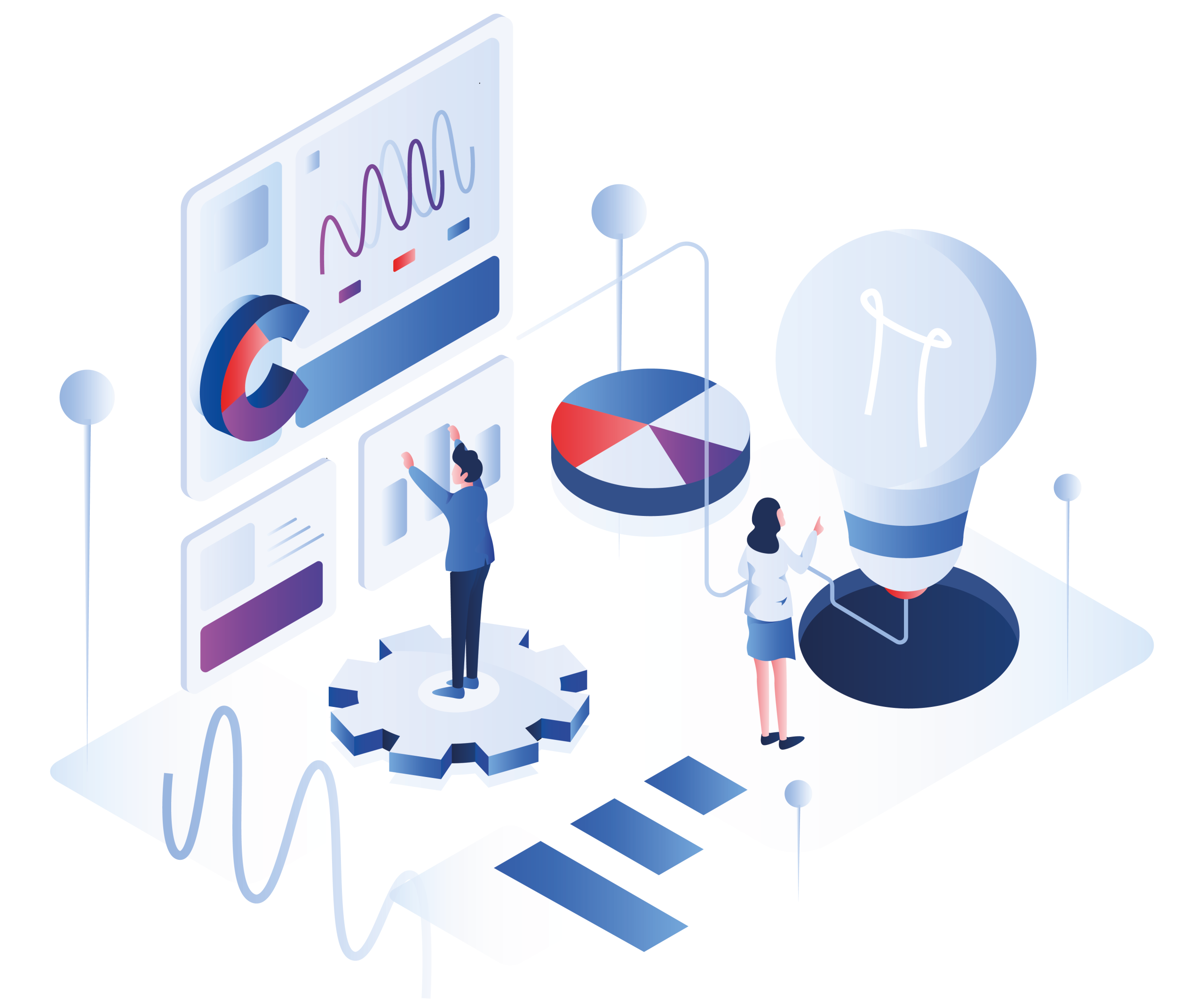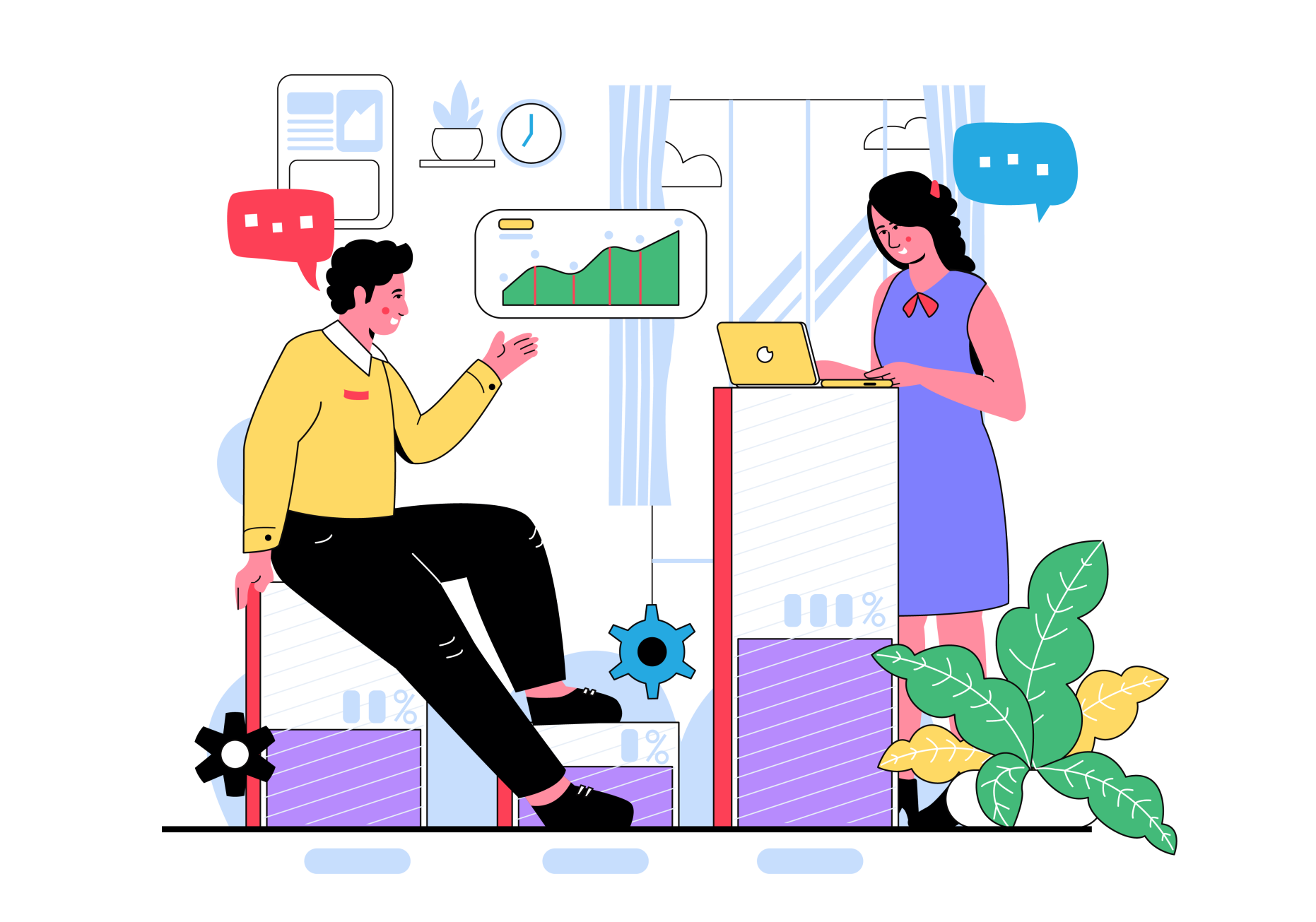Data is the new Oil
The more you refine it, the more valuable it becomes.
An old business partner once told me, a business with one window for paying out, and five windows for paying in is the right sort of business to invest in – think casinos. Casinos prosper because many of their customers believe they are more intelligent than the house and can beat the odds with bold betting strategies; these are the gamblers who drive most of their profits.
The ‘investors’ as the casino would like to call them, who win in the long run clinically assess the odds of each bet and make careful, data-backed decisions, making their most significant wagers when they perceive the odds to be in their favour. Additionally, statistics tend to stabilise over time, eliminating the short-term fluctuations that give the false appearance of good or bad luck; the longer you play the same game, the more the data wins out. So, casinos rely on analysing data to maintain their profit margins and ‘investors’ rely on data to tip the odds in their favour.
What is Business Success?
If you think about it, success in business boils down to making more good decisions than bad ones, but how do you do that? Well, modern organisations have access to more technology-driven data and business intelligence than ever before; think about the huge data sets the casino can analyse based on thousands of gaming hours. For many situations, data can show you the outcome of past decisions that were similar and reveal the projected outcomes over time. In the context of the customer success manager, data can be used to uncover insights. Depending on your specific need, these insights can drive customer retention, upselling, new revenue models, and retention.
If data is the new oil, insights are the new money.
Customers, prospective and landed, offer a wealth of data through the touchpoints they generate. These may range from an introductory conversation at a trade show and exchanging details, through visits to your website to an exploratory email to your enquiry email address. These are captured, assimilated and combined in a central database, e.g. a customer data platform. Using a data platform, an organisation can construct a persona, helping them to understand their customers better.
Capturing Data
Collecting and analysing data from touch points like Facebook, the company website, email, and any other place a customer might interact with the company, the platform will begin to consolidate all the data points into a more readily understandable customer profile making the analysis available internally. Refining the data further, in this case, using segmentation, allows the organisation to understand their audience better and create more personalised strategies and campaigns. For example, a tightly targeted sales or marketing campaign based on everyone who has visited a specific page on your website or perhaps engaged with your live chat feature. Or, they could filter the data to segment site visitors who’ve abandoned their carts.
But from a leadership perspective, there’s a massive difference between understanding the importance of data and making it a priority in your organisation. Every business needs to assign an experienced staff member responsible for analysing pertinent data and helping inform management decision-making. But as the available data increases exponentially, it is essential to establish guidelines for which datasets each department or section needs to focus on. In successful organisations, decision-making is executed at all levels. While the executive team will handle decisions that make or break the business, effective delegation strategies ensure that employees are empowered to make decisions at every company tier. In turn, this underlines the importance of readily available and expertly analysed data, helping to ‘tip’ the odds in your favour.
Educating your staff and colleagues on the likely outcomes of a given set of circumstances, based on the analysis of historical data, can help prevent them from making unnecessarily risky decisions.
How can data enhance Customer Success Management?
The increasingly granular nature of data enables organisations and customer-facing operations to understand more about their target audience. Using a combination of data-driven demographics and incorporating psychographics (more on this later), organisations are beginning to understand more about the habits, and opinions, of their customers, what they do and don’t care about, and the thought processes that underpin their purchasing decisions. From these insights, they can begin to create highly customised marketing and sales strategies that steer customers to the “right” product or service — at the right moment, at the right price, and in the right channel; what has been called a ‘Next Best Offer’ (NBO) strategy. Despite the name, an NBO can still be an initial engagement, but whether the customer relationship is new or ongoing, the NBO is designed to be a “best offer.”
Microsoft used the technique, with considerable success, using emails to promote its search engine, Bing. Those emails were tailored to the recipient at the moment they opened them. In 200 milliseconds (around the time it takes for your eye to blink), advanced analytics software assembles an offer based on real-time information about the recipient; data including location, age, gender, and online activity, both historical and immediately preceding, along with the most recent responses of other customers. These emails increased conversion rates by as much as 70%; dramatically more than similar but non-data-driven marketing efforts.
This is how it works.
“Next best offer” is often used to refer to a customised proposal based on the following:
- The consumer’s attributes and behaviours (demographics, past purchases)
- The purchase context (bricks and mortar, online)
- Product or service characteristics (type and level of product/service, support package, lease or purchase of mortgage)
- The organisation’s strategic goals (increase sales, build customer loyalty)
NBOs are often designed to inspire a purchase, drive loyalty, or both.
They can consist of the following:
- Products (promoting a special offer or discount)
- Services (a support package bundled with a software package)
- Information (a Blog post or article recommending the product/service)
- Relationships (LinkedIn and Facebook recommendations)
What are Psychographics, and what do they add?
In contrast to demographic data, which relates to the structure of a population—factors like age, race, sex, and income, psychographics attempt to identify and quantify what are known as IAO variables, Interests, Activities, and Opinions. They focus on the beliefs and emotions of an audience, not just their age and gender.
Why are psychographics so crucial for customer success teams?
Suppose you know how people choose and compare products in your sector. In that case, you know how to structure and prioritise content. Perhaps more importantly, if you understand why they chose your product, you can better tailor your onboarding and adoption strategies, focusing on what’s important to your customer, making you more time and cost-efficient.
If you can gain insight into your customer’s beliefs, you can align your sales and marketing messaging more closely. You can dismiss the messages, and pull them from your offer, that you know what they don’t care about. If you know what they read, you know where to reach them, and so on. Psychographics can help you understand why people buy, they can help you build robust user personas, craft the right message, and put it in the right place.
They’re not always objective, but they’re super useful.
So which type of casino ‘investor’ are you? Do you follow your hunch or the data?







